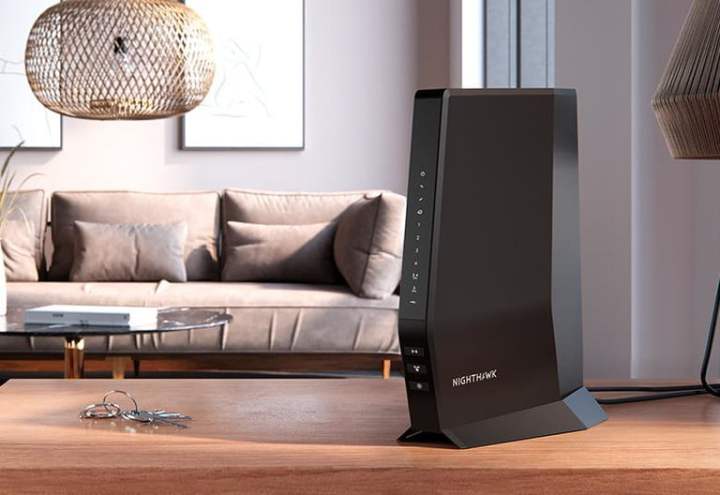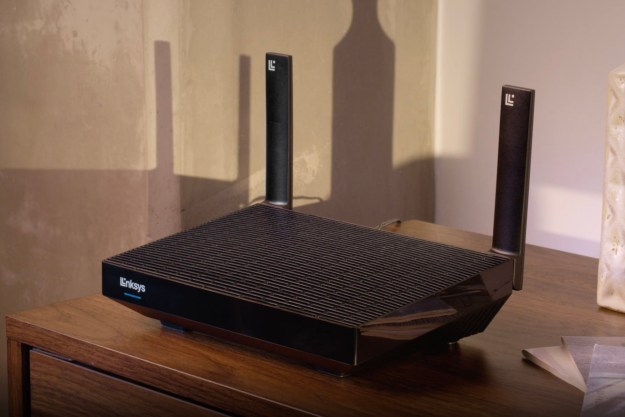The current standard of Wi-Fi is on its way out the door, according to a new report by TrendForce. Wi-Fi 6 is slowly catching up to its predecessor and may hit as much as 60% market share in 2022.
The switch to a faster, newer technology may bring a lot for the end-user, meeting the high requirements of the metaverse and various virtual reality (VR) applications.

Access to Wi-Fi 5 (802.11ac) is the current mainstream option offered by most devices with internet connectivity. However, for a while now, we’ve started seeing the rise of Wi-Fi 6 and 6E(802.11ax) technology. Often presented as one of the selling points of some of the best laptops and other devices, Wi-Fi 6 is superior to 5, but it’s definitely not the standard tech yet.
Wi-Fi 6 brings with it a lot of upgrades compared to the previous generation, and a faster connection is one of the best things to look forward to. Wi-Fi 6 has a maximum throughput of 9.6Gbps compared to the maximum of 3.5Gbps offered by Wi-Fi 5 technology. Wi-Fi 6E also offers 6GHz support and improves the bandwidth by a minimum of 1,200MHz.
While all this sounds great on paper, most users will not know the difference beyond just feeling that their connection speed has improved. However, the switch to Wi-Fi 6 and the consequential higher efficiency, security, and throughput may all contribute to improving and ushering in new technologies.
Concepts such as the metaverse require a lot in terms of connection speeds. With a massive amount of content to load and process in real-time, switching to Wi-Fi 6 may assist in making the various metaverses accessible to a wider range of users. The same is true for other various virtual reality/augmented reality (VR/AR) experiences — in order for them to feel as realistic as possible, high connection speeds are a requirement. With Wi-Fi 6 becoming more mainstream, we may see the rise of VR/AR technology more so than ever before.

Wi-Fi 6 will also find its use in making remote work more seamless or in aiding businesses that rely on smart manufacturing. As TrendForce notes, that sector of the market still largely relies on Ethernet and 4G/5G connections for manufacturing purposes. However, as the technology becomes more mainstream, it’s possible that it will be widely adopted in smart factories.
TrendForce expects that we may see a greater than ever degree of digitalization within companies, especially in the manufacturing field. This goes hand-in-hand with switching from current technologies to a mix of 5G and Wi-Fi 6 in order to support such operations. While Wi-Fi doesn’t offer the same transmission range as
With all these benefits in mind and the current technological advancements, TrendForce predicts that in 2022, Wi-Fi 6 will surpass Wi-Fi 5 and claim up to a 58% market share. This trend is only expected to continue as we move closer to Wi-Fi 7.
We have recently seen the first demo of Wi-Fi 7 which proved to be 2.4x faster than Wi-Fi 6. Although the technology is still far away, companies such as MediaTek and Qualcomm are working to bring it to the consumer market, which TrendForce expects to happen between 2023 and 2024.
Editors' Recommendations
- How to change your router’s Wi-Fi password
- What is Wi-Fi 7: Everything you need to know about 802.11be
- These new Eero PoE devices are for serious Wi-Fi setups only
- This new gaming monitor has a built-in Wi-Fi antenna
- Wi-Fi 7 officially hits 5Gbps, five times the speed of your current router




